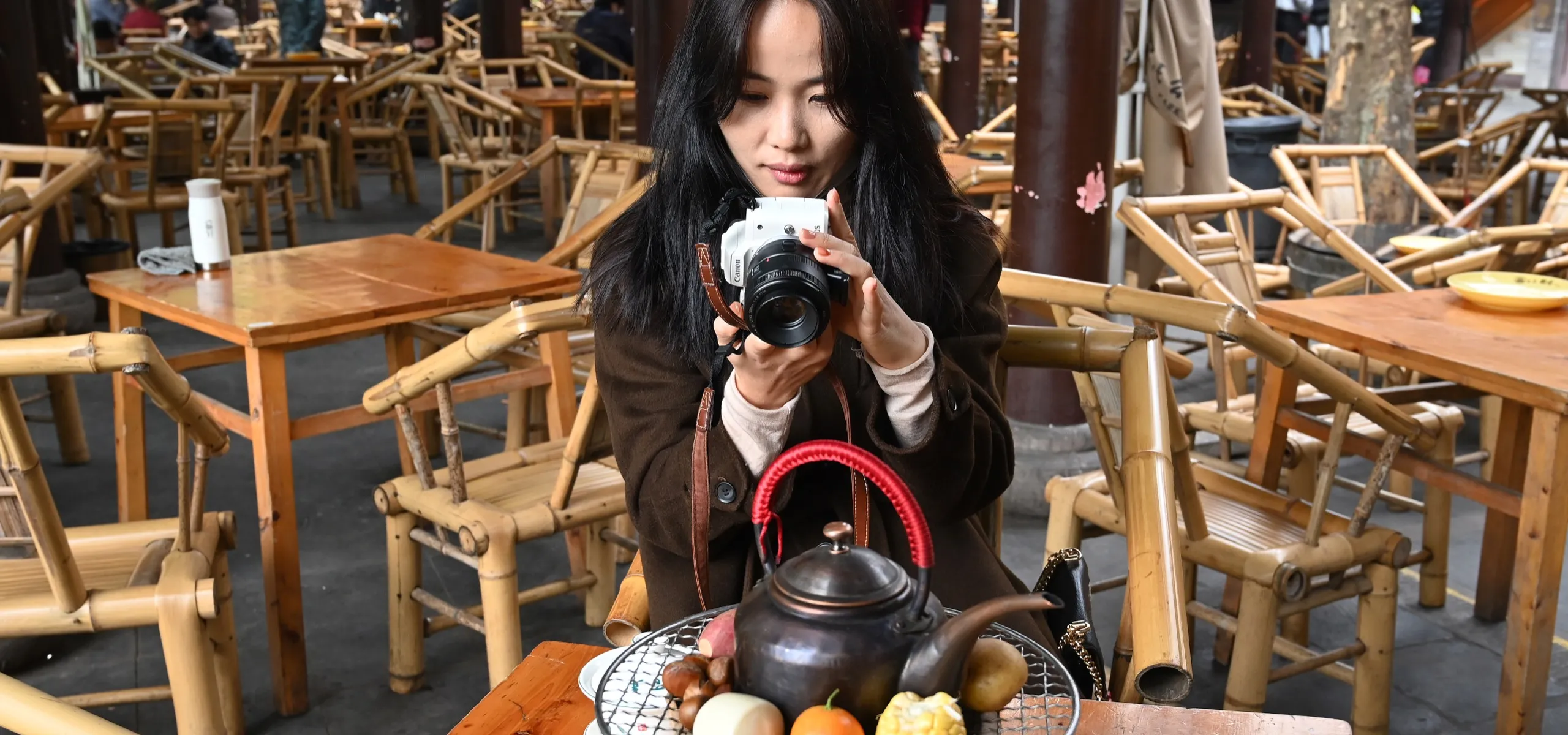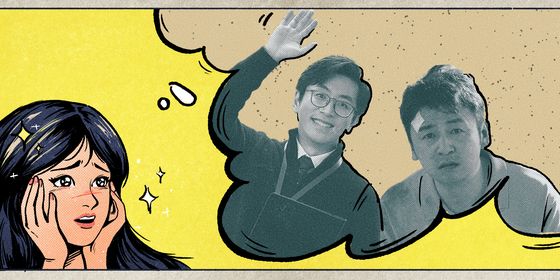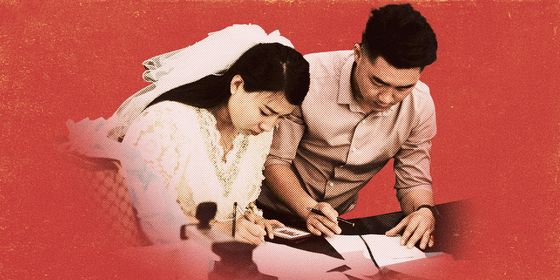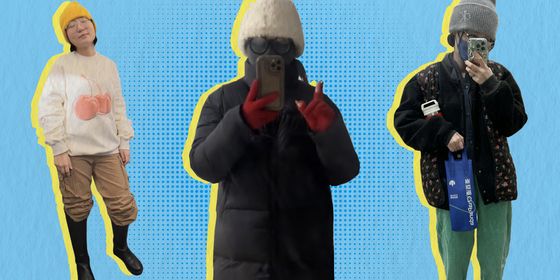Once shunned by Chinese youth as old-fashioned and overly formal, tea-drinking is becoming cool again
At 3 p.m. on January 2, the final day of the three-day New Year‘s holiday, Song Xianhe’s teahouse is crammed with people. Customers, mainly young urbanites, are squeezed together at all five tables, in four private rooms, and at the bar counter where Song and her assistant normally sit to take orders—even crowded in the courtyard that normally serves as the waiting and smoking area.
Song’s teahouse, named "Whatever" and located in a historic hutong of Beijing’s Dongcheng district, is full of trendy young professionals. Zhou Jiang, a regular customer and Beijing local in her 30s, tells TWOC she took a 90-minute subway ride to get here, but failed to get a table even though she tried to book a day in advance. On Dazhong Dianping, China’s most popular review platform, one consumer commented that they “waited for nearly two hours [for a table] and ended up taking the seats in the waiting area” on Christmas Day.
But the teahouse, which Song opened in 2018 after quitting her job in IT, does not serve the milk tea, coffee, or desserts that have become popular with young Chinese in the last decade or so and are normally responsible for attracting long lines and social media hype. Instead, Song sells “real” tea, the kind brewed with tea leaves on site, served hot, and enjoyed by Chinese since ancient times. From classic Longjing tea to the niche Oriental Beauty oolong from Taiwan, these teas, until recently shunned by young generations as old-fashioned and enjoyed almost exclusively by older customers with time on their hands or business to discuss, are enjoying a renaissance among youngsters keen to engage with traditional Chinese culture and to show off the tranquil tea-drinking surroundings on social media platforms.
“Our whole style…is quite simple and minimalist,” says Song, “it’s totally different from traditional teahouses.” The minimalist décor (no “big, heavy mahogany table for tea” traditionally found in teahouses), simple menu, and few ceremonial thrills are meant to attract new, youthful clientele, even those who know nothing about tea. “We can do team-building events, meetings, and parties, none of which traditional teahouses can do,” says Song. Song mainly sells pots of tea for between 128 and 388 yuan (far higher than a typical milk tea or coffee) to consumers aged 20 to 40.
Tea Total: Is China’s New Social Media-Fueled Tea Craze More Than Just a Fad? is a story from our issue, “Kinder Cities.” To read the entire issue, become a subscriber and receive the full magazine.













